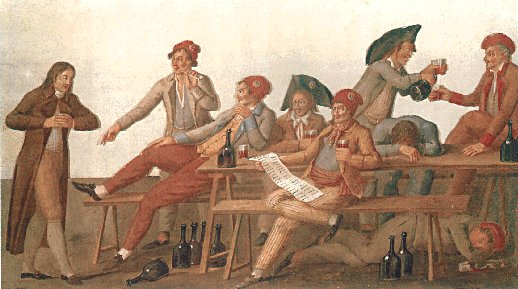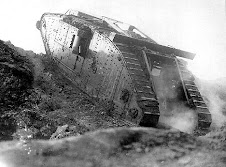
A pair of British amateur archaeologists believe they have found the hidden source of a Roman aqueduct 1,900 years after it was inaugurated by the Emperor Trajan
The underground spring lies behind a concealed door beneath an abandoned 13th century church on the shores of Lake Bracciano, 35 miles north of Rome.
Exploration of the site has shown that water percolating through volcanic bedrock was collected in underground grottoes and chambers and fed into a subterranean aqueduct, the Aqua Traiana, which took it all the way to the imperial capital. Centuries later, it provided water for the very first Vatican, after Rome began to convert to Christianity under the Emperor Constantine.
The underground complex, which is entangled with the roots of huge fig trees, was discovered by father and son documentary makers Edward and Michael O'Neill, who stumbled on it while researching the history of Rome's ancient aqueducts. They recruited a leading authority on Roman hydro-engineering, Prof Lorenzo Quilici from Bologna University, who confirmed that the structure was Roman, rather than medieval as had long been believed.
Using long iron ladders to descend into the bowels of the sophisticated system, they found that the bricks comprising the aqueduct's walls are laid in a diamond shape known as "opus reticulatum" – a distinctive Roman style of engineering.
"A lot of the stone work bears the original Roman tool marks," Edward O'Neill said.
The underground labyrinth of galleries has remained almost unknown to archaeologists because for hundreds of years it was full of water. It was only when modern bore pumps started directing the supply to the nearby town of Bracciano that the water level dropped dramatically and the subterranean complex became accessible.
The vaulted ceiling was decorated with a rare type of paint known as Egyptian Blue, which led the O'Neills to speculate that the grotto was a Roman nymphaeum – a sacred place believed to be inhabited by water gods. "The paint was very expensive to make, but it was painted all over the walls, which suggests an imperial link," said Mr O'Neill.
It may even have been inaugurated by Trajan himself in AD 109. Historical records show that the emperor may have been in the area on June 24 of that year. By coincidence, the O'Neills first explored the aqueduct on June 24 2009 – exactly 1,900 years later. A coin minted during Trajan's reign commemorates the opening of the aqueduct, the documentary makers believe. It depicts a river god holding an urn and a reed – traditionally symbols of a spring – and reclining in what looks like a cave, over what may be the representation of a tunnel. The documentary makers hope to raise funds to pay for the site to be excavated by professional archaeologists.
From Daily Telegraph.co.uk (01/25/2010)








No comments:
Post a Comment
Hi, If you want to make any suggestion or just comment whatever you want, please write it down here!